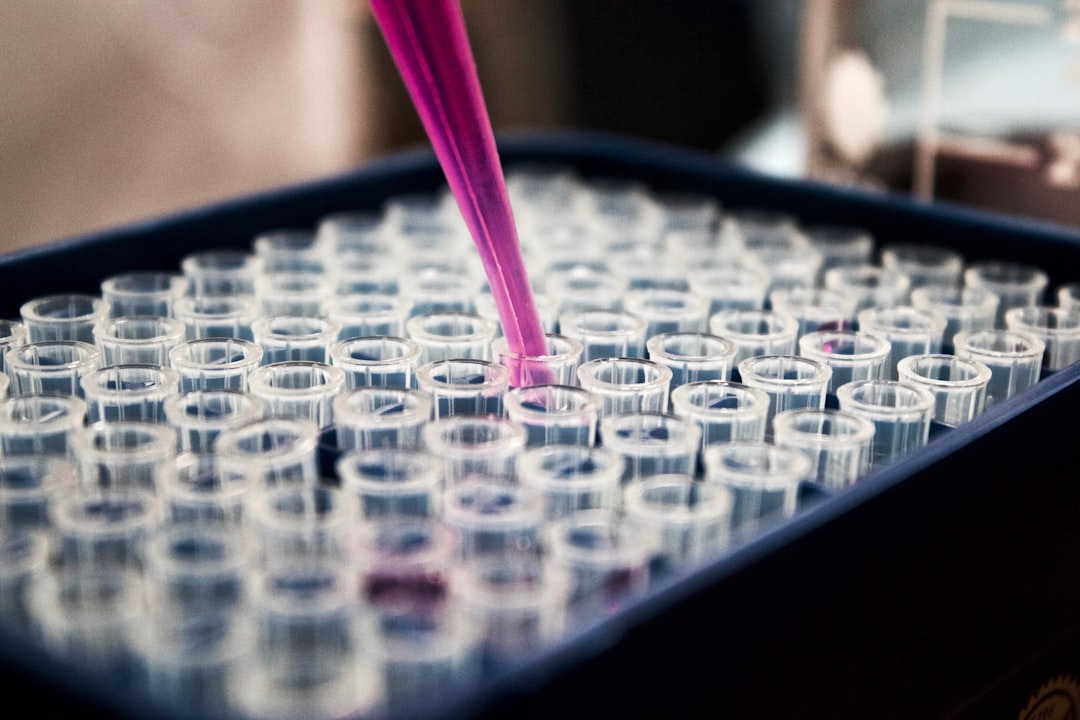What is it about?
The current research aimed to fabricate ondansetron nanostructured lipid carriers (OND-NLCs) and incorporate them into a suppository base to manage chemotherapy-induced vomiting and nausea, which offer the advantage of both rapid onset and prolonged release. NLCs were fabricated by adopting the solvent diffusion method. The binary lipid mixture of oleic acid (liquid lipid) and lauric acid (solid lipid) were prepared in distinct ratios
Featured Image

Photo by Towfiqu barbhuiya on Unsplash
Why is it important?
The succeeding step comprehended the fabrication and characterization of NLC-based suppositories utilizing NLC formulations that demonstrated the combined advantage of rapid onset, prolonged release, and better in vivo bioavailability as compared to control suppository
Perspectives
The NLCs were characterized concerning the surface charge, size, drug encapsulation efficiency, and surface morphology. In addition, the influence of surfactant, co-surfactant, and lipid on entrapment efficiency and particle size was investigated. Phosphate buffer having pH 7.4 is used for evaluating in vitro drug release by utilizing a dialysis membrane. Various kinetics models were used to estimate the drug release kinetics of fabricated nanostructured lipid carriers. The particle size of the NLCs was calculated between 101 and 378 nm with negative zeta potential on the NLC's surface
Dr Khairi Mustafa Salem Fahelelbom
Al Ain University of Science and Technology
Read the Original
This page is a summary of: Nanostructured lipid carriers based suppository for enhanced rectal absorption of ondansetron: In vitro and in vivo evaluations, Arabian Journal of Chemistry, December 2021, Elsevier,
DOI: 10.1016/j.arabjc.2021.103426.
You can read the full text:
Contributors
The following have contributed to this page










